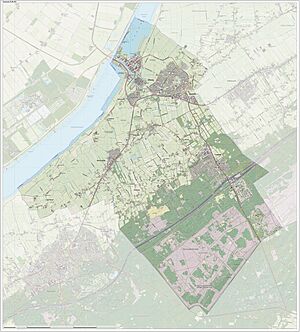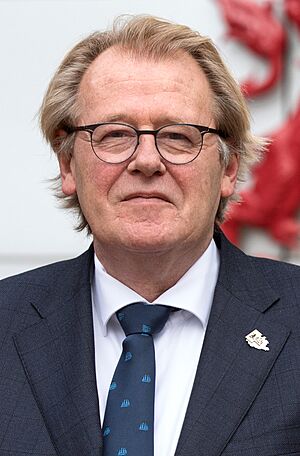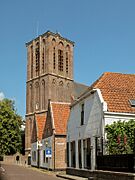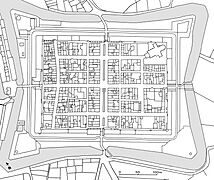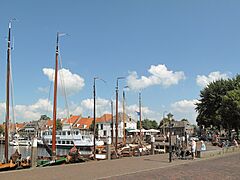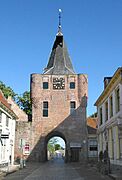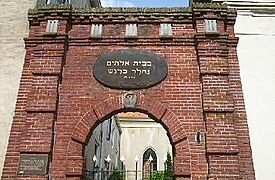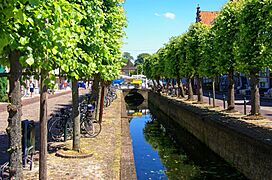Elburg facts for kids
Quick facts for kids
Elburg
|
|||
|---|---|---|---|
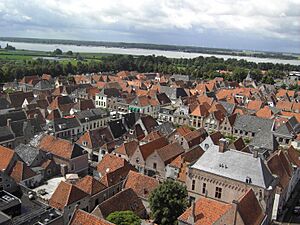
View of Elburg from the church tower
|
|||
|
|||
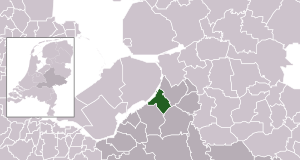
Location in Gelderland
|
|||
| Country | Netherlands | ||
| Province | Gelderland | ||
| Government | |||
| • Body | Municipal council | ||
| Area | |||
| • Total | 65.91 km2 (25.45 sq mi) | ||
| • Land | 63.82 km2 (24.64 sq mi) | ||
| • Water | 2.09 km2 (0.81 sq mi) | ||
| Elevation | 1 m (3 ft) | ||
| Population
(May 2014)
|
|||
| • Total | 22,772 | ||
| • Density | 357/km2 (920/sq mi) | ||
| Demonym(s) | Elburger | ||
| Time zone | UTC+1 (CET) | ||
| • Summer (DST) | UTC+2 (CEST) | ||
| Postcode |
8080–8085
|
||
| Area code | 0525 | ||
Elburg is a historic city and a municipality in the Netherlands. It is located in the province of Gelderland. Elburg is famous for its well-preserved medieval town center.
Contents
Elburg's Past
People have lived in the area around Elburg for a very long time. Scientists have found old stone tools and pottery pieces from the Neolithic period (New Stone Age). This shows that people lived here thousands of years ago.
During the time of the Romans, there might have been an army camp in Elburg. We know this from names and pieces of pottery found there. The first time Elburg was written about was in the year 796 AD.
Building the City Walls
Between 1392 and 1396, the city of Elburg was rebuilt. It was given a moat (a deep, wide ditch) and strong city walls. The streets were laid out in a special grid pattern, like a checkerboard. This quick rebuilding cost a lot of money. It shows that Elburg was quite rich in the Middle Ages.
Elburg probably became a town in the 13th century. In 1313, it was given the right to fish. In 1367, Elburg joined the Hanseatic League. This was a powerful group of trading cities in Northern Europe. They worked together to protect their trade. Later, in the late 1500s, new moats and higher walls were built. This was to protect the city better as war methods improved.
From Fishing to Tourism
For many centuries, Elburg was a center for fishing and farming. This lasted until the end of World War II. In 1863, Elburg decided not to build a train station. The landowners asked for too much money for their land. Because of this, the train line went around Elburg. This made Elburg less attractive for factories. Nearby towns like Harderwijk and Nunspeet grew more.
In 1932, something big happened: the Zuiderzee was closed off. The Zuiderzee was a large saltwater bay. When it was closed, it slowly turned into a freshwater lake. This meant the end of Elburg's fishing industry.
Since 1956, Elburg has focused on tourism. The city is in a great spot, next to a canal and near the Veluwemeer lake. Many visitors come each year to see the old medieval town. Special events like the 'Midweekfeesten' and 'Botterdagen' (Botter days, celebrating old fishing boats) attract thousands of people.
Areas in Elburg
Elburg municipality includes several smaller towns and villages. These are:
- Doornspijk
- Elburg
- 't Harde
- Hoge Enk
- Oostendorp
Famous People from Elburg
Many interesting people have come from Elburg or nearby areas.
- Jan van der Elburcht (1500–1571) was an early Dutch painter.
- Jacob Jan van der Maaten (1820–1879) was a Dutch painter and etcher.
- Rosa Vecht (1881–1915) was the only Dutch nurse who died in World War I.
- Jaap Smit (born 1957) is a Dutch preacher and manager. He is also the King's Commissioner for South Holland. This role is like a governor for a province.
- Pieter Jan Leusink (born 1958) is a Dutch conductor of classical music.
Sports Stars
- Anne van Schuppen (born 1960) is a former long-distance runner. She competed in the 1996 Summer Olympics.
- Duncan Huisman (born 1971) is a Dutch racing car driver.
- Kira Bulten (born 1973) is a former breaststroke swimmer. She competed in the 1992 Summer Olympics.
- Dick Boschman (born 1974) is a Dutch sport shooter. He competed in the 2000 Summer Olympics and 2004 Summer Olympics.
Gallery
-
The Synagogue in Elburg
See also
 In Spanish: Elburg para niños
In Spanish: Elburg para niños





